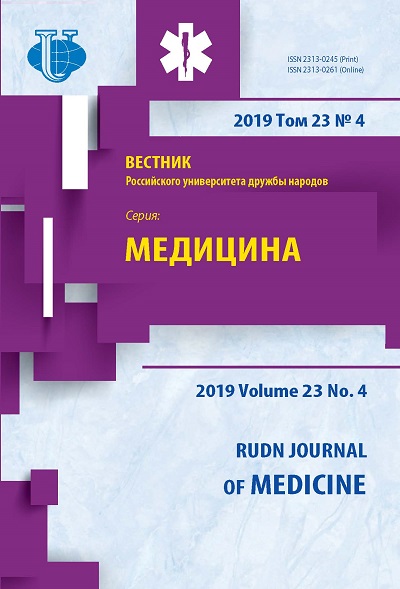Abstract
Correlation between individual typological features like sex-related characteristics and low initial level of stress resistance and unfavorable prognosis of ischemic brain damage is shown. At the same time, the astrocytes’ participation in neuroplasticity in this disease represents the purpose of the study. The goal was to study the cerebral cortex astrocytes’ morphometric characteristics during the cerebral hypoxia in rats of different sexes with different stress tolerance levels. We performed the study with 72 Wistar rats. According to the Open Field test results all the animals were divided into two subgroups: with high and low level of stress tolerance. Both carotid arteries of the experimental group animals (48 animals) were bandaged. Animals were removed from the experiment at 21, 60 and 90 days after surgery. Glial fibrillary acidic protein (GFAP), a marker of mature astrocytes, was detected on histological sections of the central brain gyrus using primary polyclonal rabbit antibodies. Progressive decrease of the astrocytes’ numerical density and the number of first order processes were obtained during the study. It was less pronounced in animals with high stress tolerance and females. Increase of the processes’ distribution area was reliably detected. Area decreased after 90th day of the experiment. It is concluded that the astrocytes’ alteration develops earlier in animals with high stress tolerance and males, later in females (60 days) and animals with low stress tolerance (90 days).















